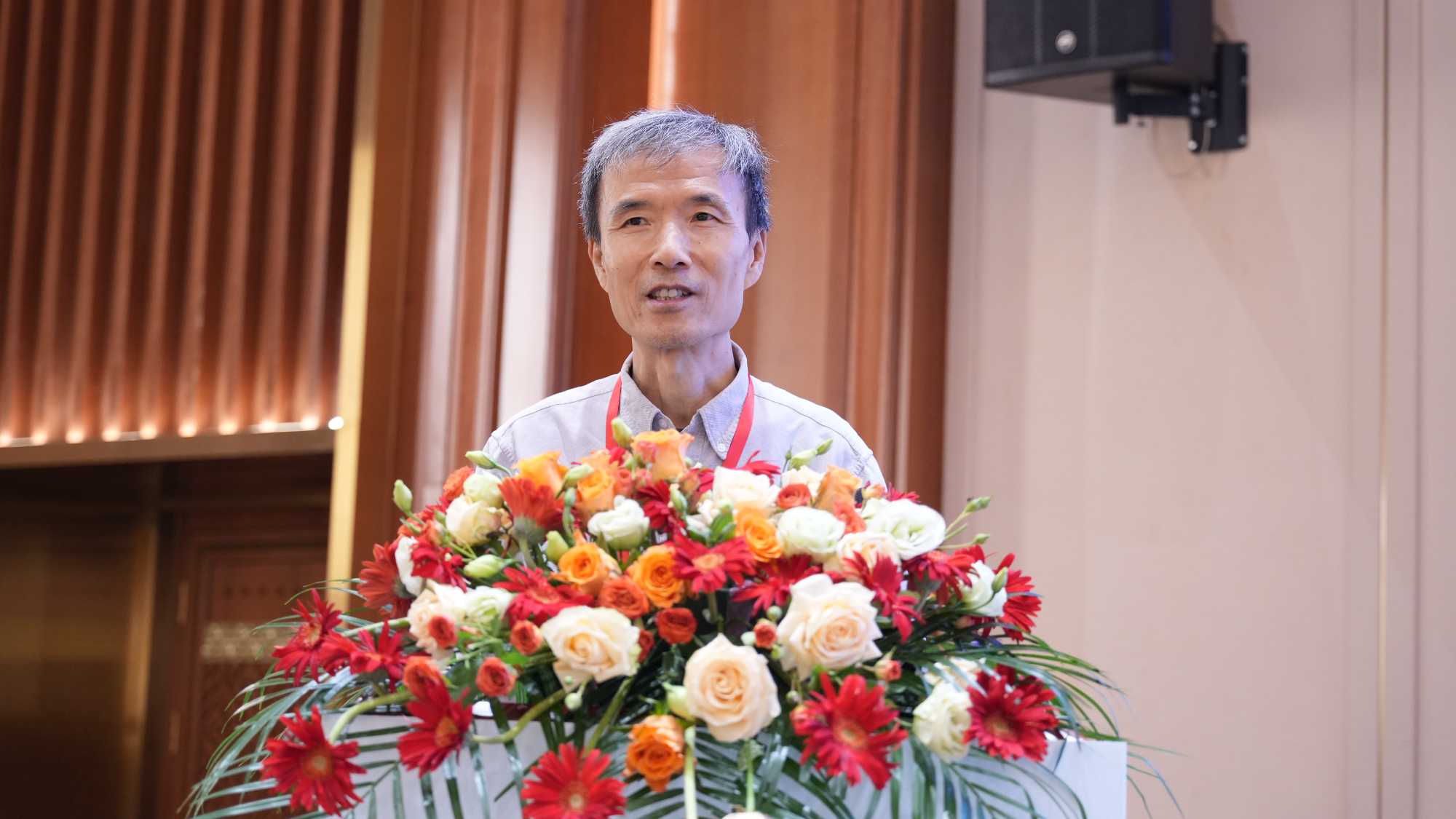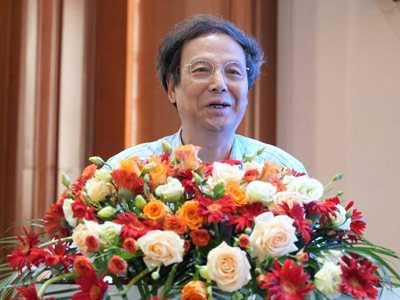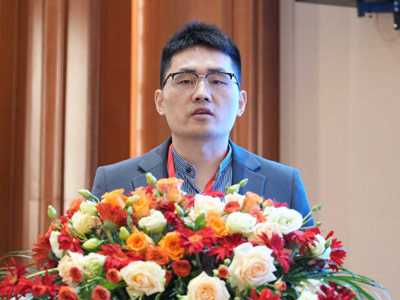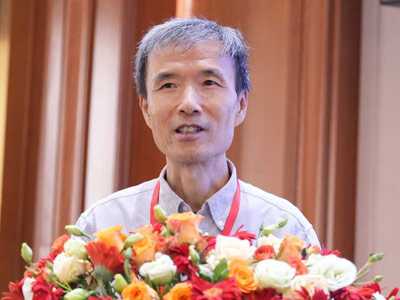Progress in chemical recycling technology for waste textiles at home and abroad
——Zhao Guoliang, Professor at Beijing Institute of Fashion Technology
Professor Zhao Guoliang from Beijing Institute of Fashion Technology, delivered his report of Progress in chemical recycling technology for waste textiles at home and abroad.

The report focused on the characteristics of chemical recycling for waste textiles, the main technical approaches, and the development trends.
Chemical recycling of waste textiles involves altering their molecular structure through processes like hydrolysis, alcoholysis, and pyrolysis to produce regenerated products. This method requires high textile purity, specialized chemicals, and equipment, typically implemented in chemical industrial zones with high costs and potential environmental impacts such as wastewater, exhaust gases, and solid waste. Physical-chemical recycling combines physical treatments with some chemical processes to achieve textile recycling goals.
The primary technical routes discussed include the recycling of polyester and nylon fibers. Polyester recycling methods involve methanolysis, hydrolysis, and ethylene glycolysis to produce high-purity recycled polyester through depolymerization and repolymerization. Nylon fibers are recycled through hydrolysis, alcoholysis, and amination processes, converting them into monomers that are then repolymerized into regenerated nylon fibers. Additionally, the conversion of cotton fibers into regenerated cellulose fibers is explored as another aspect of regeneration technology.
Professor Zhao highlighted several development trends in the textile industry. These include improving technology efficiency and quality, lowering production costs and environmental impact, and innovating with specialized materials like low-melting and flame-retardant fibers. Simultaneously, there is a focus on streamlining processes such as sorting and purification. For instance, EASTMAN Chemical Company is pioneering chemical methods to break down waste polymers into smaller molecules, creating acetic acid fiber materials to enhance the economic and technical viability of recycling textile waste.
He also discussed various companies' initiatives in chemical recycling of waste textiles, highlighting examples like Aquafil's Econyl regenerated nylon from Italy, Zhejiang Jiawah's recycled nylon project, and Yibin Haist's collaboration with Sweden's Re:newcell on regenerated cellulose fiber projects. These technologies and projects demonstrate the vast prospects and potential of chemical recycling of waste textiles.





